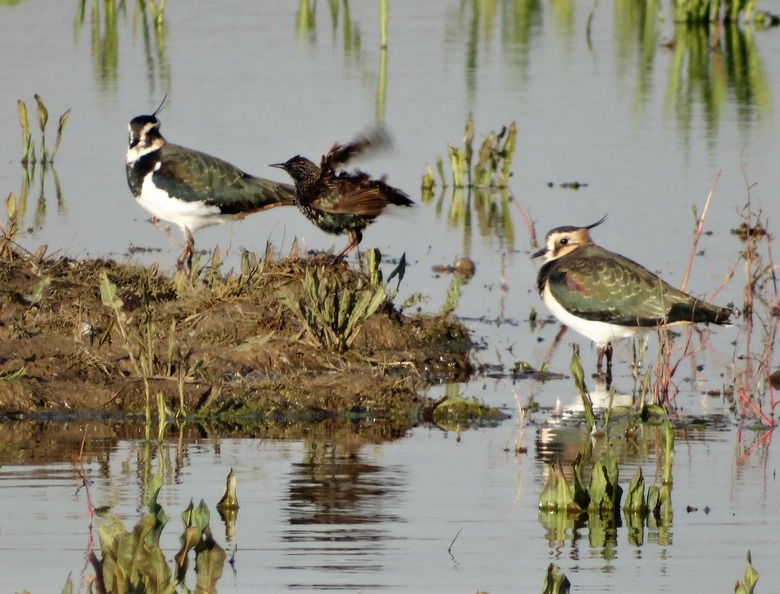What Effect Do Starlings Have On The Ecosystem?
Sometimes, we do things we can, then find out we shouldn't. In 1890, a Shakespeare fan named Eugene Schieffelin, who had read about starlings in the Bard's "Henry IV," was inspired to bring some of the birds with him to America. He brought 60 European starlings to New York and released them in Central Park. They are now listed among the top 100 invasive species by the U.S. Department of Agriculture.
Breeders and Eaters
Breeders and Eaters
Estimates of the U.S. population of European starlings — classified as Sturnus vulgaris — now are around 200 million. Most residents of the United States have seen these birds, sometimes in huge airborne flocks or roosting by the hundreds in rows along power lines. They are small, black birds with tan speckles and a cacophonous affinity for communication. The starling is one of the more omnivorous bird species, eating seeds, fruits, invertebrates and human leftovers with equal relish. This has placed the starling – as an introduced species – into competition with many other species, especially during hard winters when avian food sources are diminished.
Inputs and Outputs
Inputs and Outputs
Starling eating habits are lauded by some and condemned by others. They are super-predators around gardens, where they ruthlessly consume a host of pest species; but other gardeners and farmers are not pleased with how effective the starling is as redistributing weed seeds via its droppings. Starling mass predation is not selective, and some species of arthropods that are essential in certain biomes can be wiped out by starlings; and farmers see them as overly-effective "grain thieves."
Cavity Colonizers
Cavity Colonizers
The greatest concern about starlings may be its nesting habits. European starlings are cavity nesters. They seek out protected holes, especially in tree trunks, to nest and bear young. Starlings are intelligent birds that colonize the cavity nests of other birds, which has had a deleterious effect on some other cavity nesters. Starlings will watch other birds, like woodpeckers, excavate a cavity, then occupy it after the hole is finished. Woodpeckers, bluebirds and sapsuckers appear to be the most affected by starling cavity colonization.
Interspecial Exchanges
Interspecial Exchanges
Starlings carry some diseases that are transmissible to people and domestic animals. Starling scat is not considered a significant source of human or livestock infection, but they do carry pathogens. They carry Histoplasma capsulatum, an infectious fungus for humans, as well as at least three human-pathogenic bacteria and salmonella – an organism that articulates a powerful gastrointestinal toxin.
Cite This Article
MLA
Goff, Stanley. "What Effect Do Starlings Have On The Ecosystem?" sciencing.com, https://www.sciencing.com/effect-do-starlings-ecosystem-8236927/. 22 November 2019.
APA
Goff, Stanley. (2019, November 22). What Effect Do Starlings Have On The Ecosystem?. sciencing.com. Retrieved from https://www.sciencing.com/effect-do-starlings-ecosystem-8236927/
Chicago
Goff, Stanley. What Effect Do Starlings Have On The Ecosystem? last modified August 30, 2022. https://www.sciencing.com/effect-do-starlings-ecosystem-8236927/
